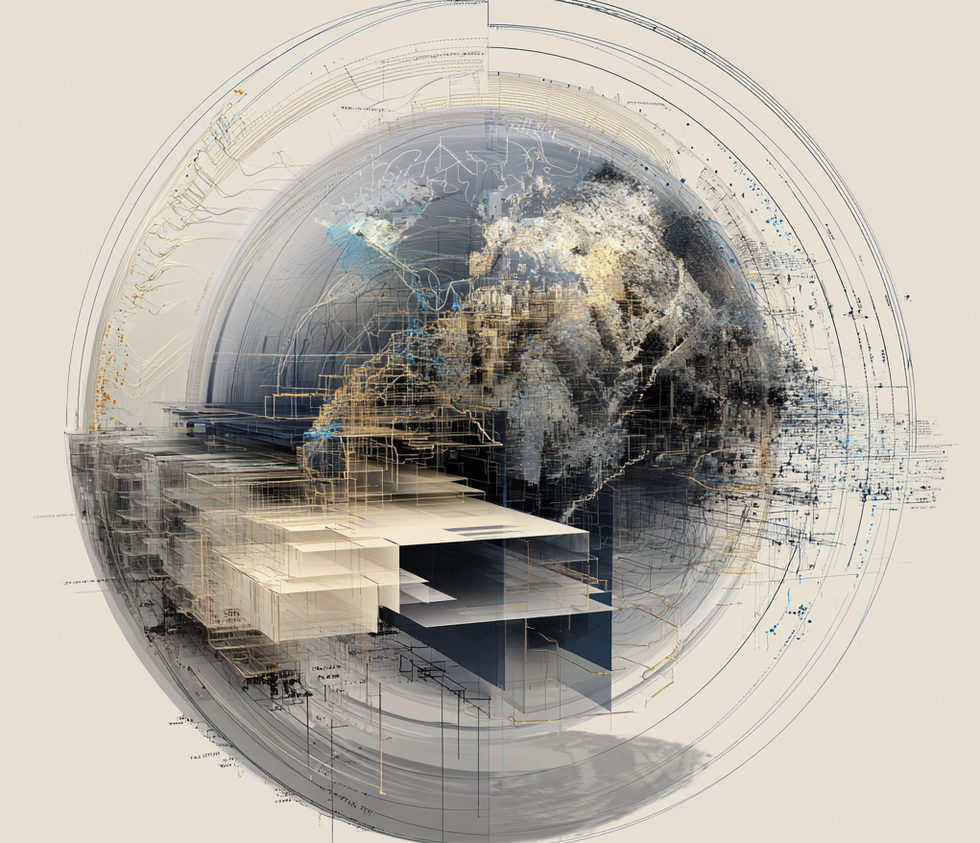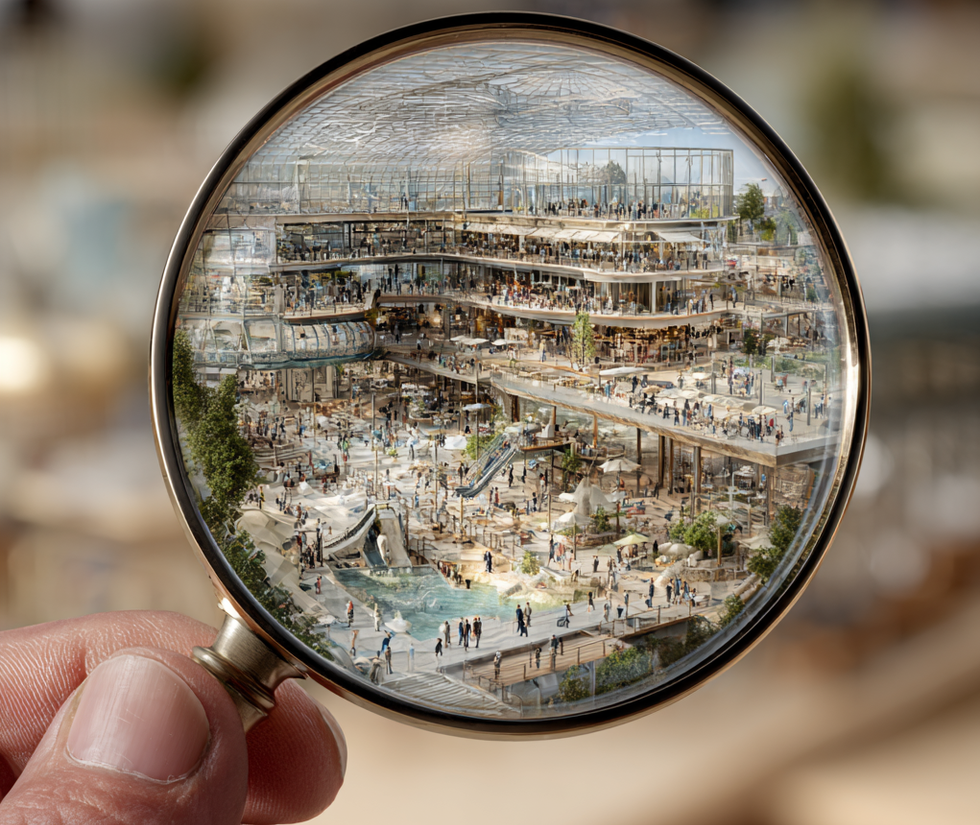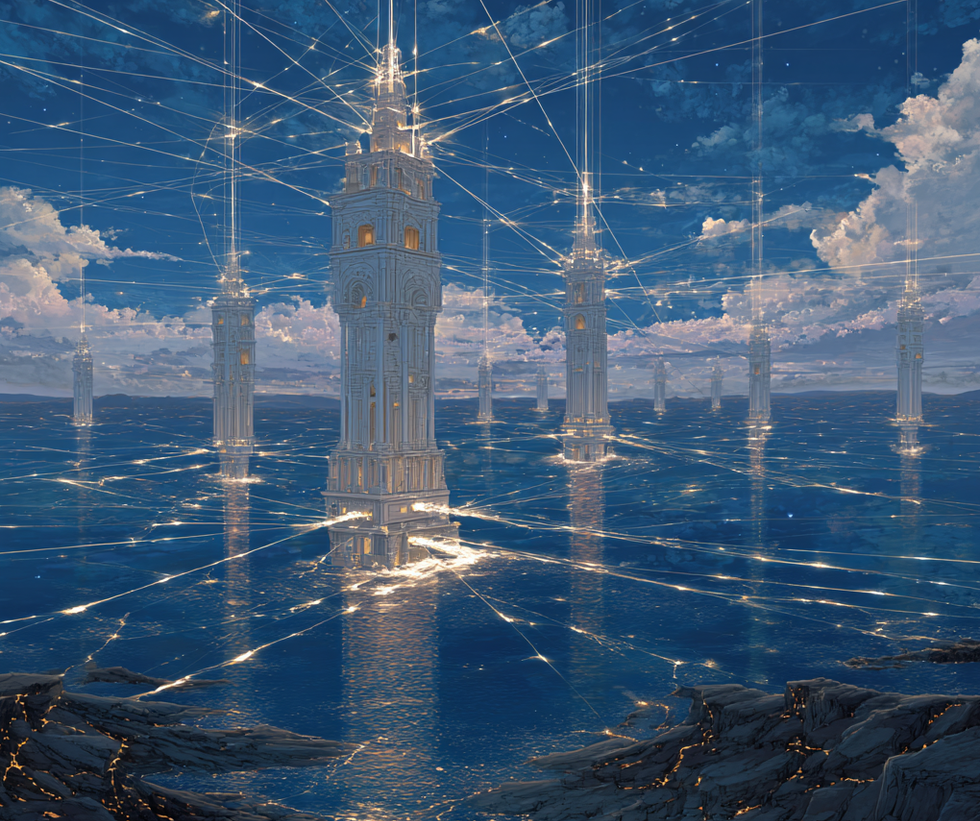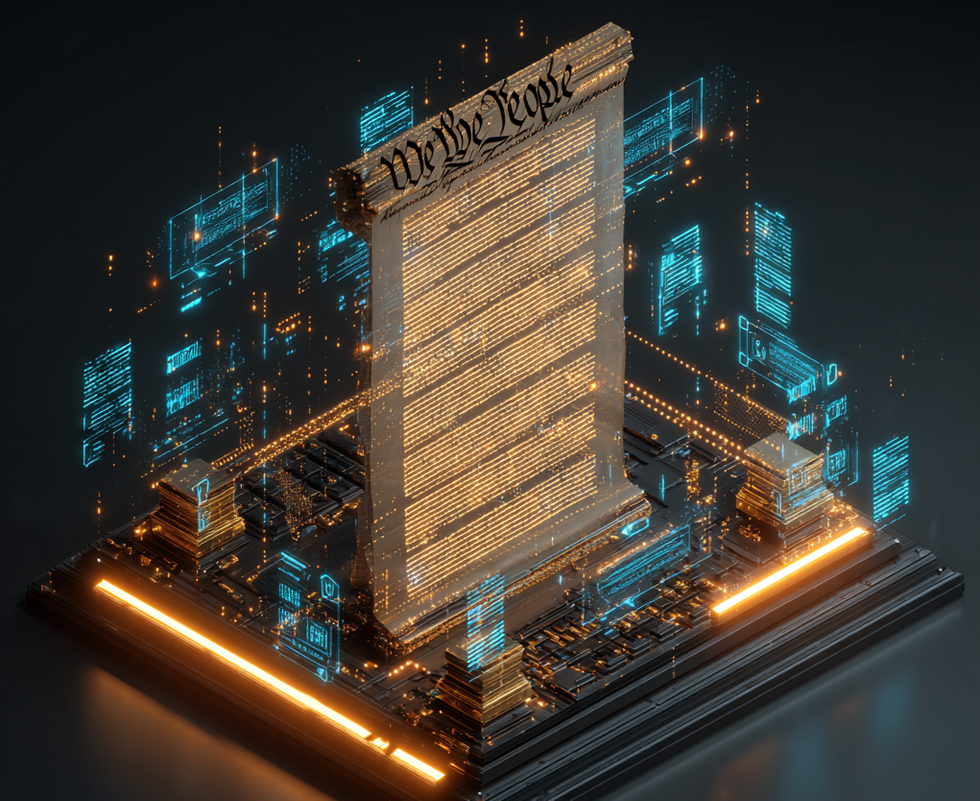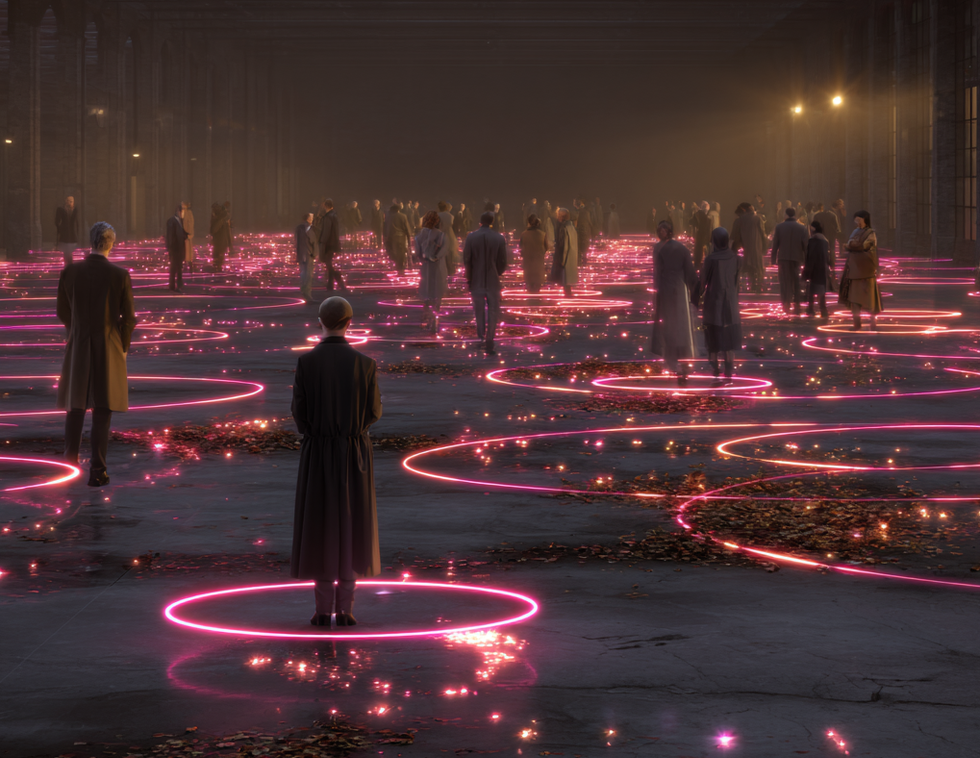With the opening of its new Spider-Man themed WEB Slingers interactive dark ride at Disney California Adventure, the theme park giant opened the proverbial can of worms when it introduced the idea of selling wearable accessories to enhance the ride experience.
Disney calls the line of accessories WEB TECH. For $35 dollars you can buy the base-model Power Band that you attach to your wrist and forearm. This allows riders the ability to fire virtual webs at three different targets at the same time, instead of just one.
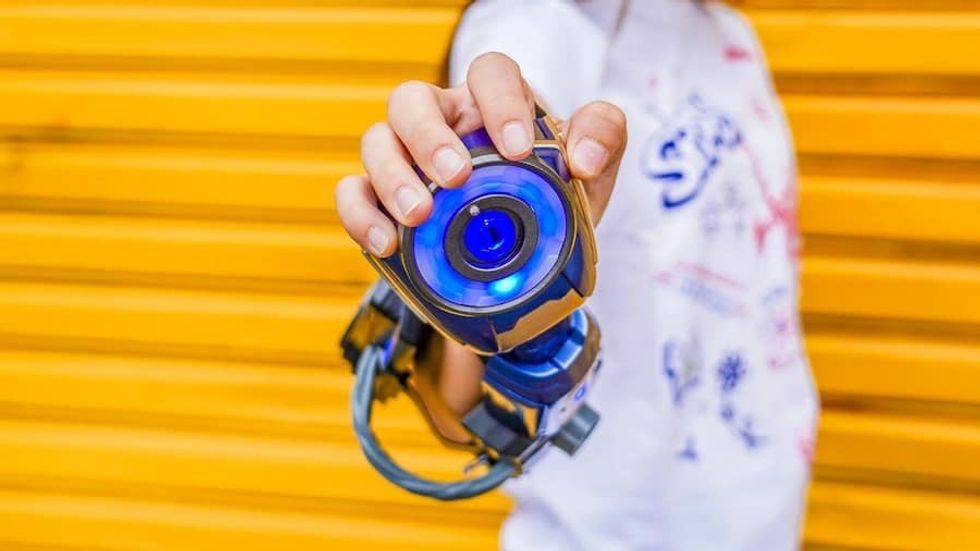
Or, for another $30 you can buy a power-up accessory to add to the Power Band. One that will give enhanced firepower themed to one of four different heroes. There are Iron Man and Rescue power-ups, which shoot Repulsor Rays instead of webs, or Spider-Man or Ghost Spider themed power-ups that shoot more powerful charged webs at the horde of Spider-Bots.
I’ll do the quick math on these latest theme park gamification gadgets for you. If you want a full power-up set themed to your favourite hero, that’s going to set you back $65. For the obsessive Marvel or Disney fans who want to complete the entire set, that will set you back $155. This is about the cost of a full-priced ticket to visit the park again in the future.
Disney's WEB TECH
By the way, this is the only place you’ll be able to use these power-ups. They won't work with any other ride. Nor do they seem to serve any interactive purpose while you walk around the rest of the Avengers Campus land.
To give it a little more worth, and to be sure the small children in the park all want one, they all light up, make some noises and perform small tricks you can use outside of the ride. The web shooter upgrades have a little rope web that will shoot out and retract with the classic “Thwip!” noise.
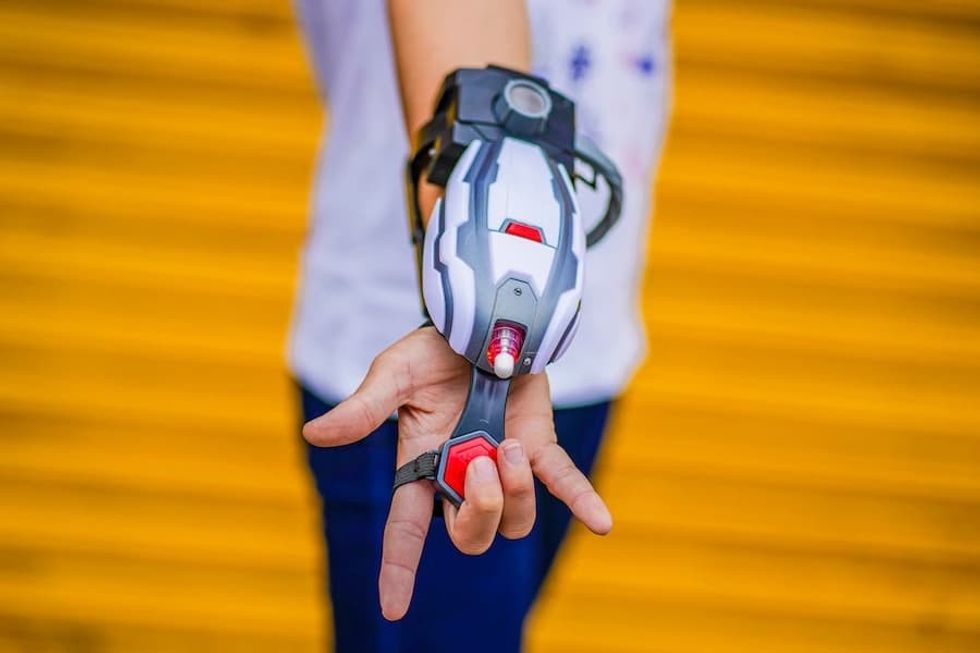
Meanwhile, the Repulsor Ray additions seem determined to sound like annoying hair dryers. They also blow a small channel of air out of the central hole so you can try to make a very light ping-pong style ball float in the air over your palm.
But in general, you're really only going to get the intended purpose of these while riding the WEB Slingers ride over and over to try and increase your score.
These ride enhancements would surely appeal more to annual passholders who can visit the park often over the next year. But the Disneyland Resort cancelled its entire annual pass program at the start of the year. So, the only way to get further use out of these gamification accessories is to buy another full-price theme park ticket.
The Fortnight model
I mentioned earlier that Disney has opened a can of worms, and the immediate feedback on this concept of asking theme park guests to buy accessories to use on a dark ride was seen as something of a negative by many.
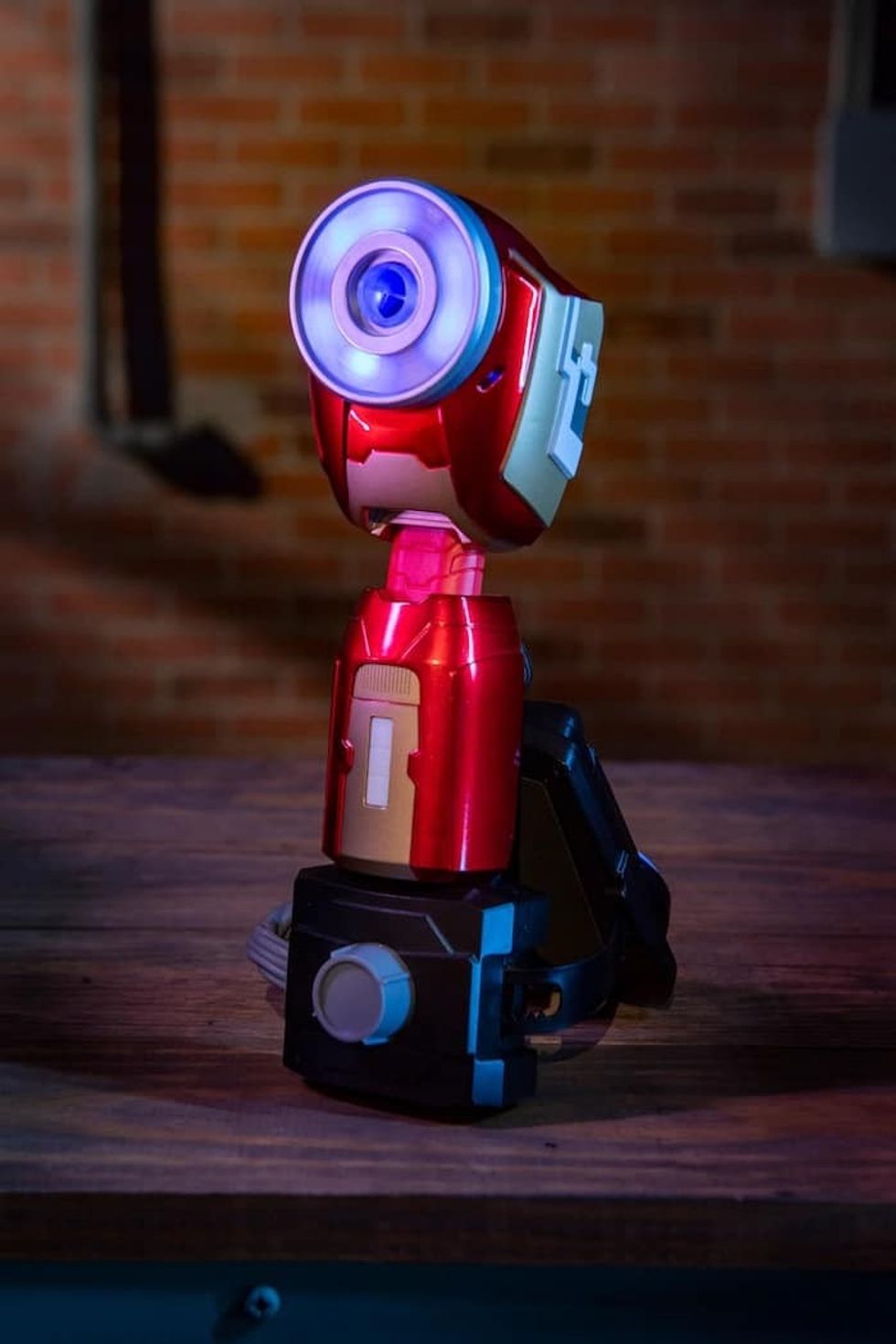
For me, however, I saw the idea as a brilliant strategy, the latest in the trend for theme park gamification. After all, the experience of an interactive dark ride most closely resembles the concept of a video game brought to life. And in the video game world, asking players to drop a little coin to purchase power-ups, limited-edition weapons, skins, custom vehicles and other game enhancements has been a normal part of the gaming experience for years
For instance, any Fortnight player will tell you that it has become the most profitable game of all time. The unique thing about Epic Games' Fortnight is that the game itself is given away entirely free, on every platform.
So how is Fortnight making a profit? Not with the purchase of extra-powerful weapons or more agile vehicles. Instead, the only thing Fortnight sells comes down to "skins". Players can custom decorate their characters to look like one of the hundreds of possible characters. They can buy themed weapons that work the same as the free ones. Plus, they can even buy animated dance moves and emotes to express themselves.
It is impressive because, despite all the online purchases for the game, the overall game experience is still balanced and fair for all players. Not so much in other games, where the concept of in-game purchases has taken on a more negative tone and dubbed “pay-to-play” because unless you are willing to pay to enhance your character, you will struggle to keep up with those who are willing to pay.
Earlier iterations of theme park gamification
To me, bringing pay-to-play enhancements and weapon skins to a Disney dark ride is somewhat of a genius move. Because it really hasn’t been done before, at least not quite like this.
Disney has always been the king of themed character merchandise. We then saw that hit a whole new level with the opening of Star Wars: Galaxy’s Edge in 2019. Here, guests are dropping about $220 to build a custom lightsaber to keep and take home with them.
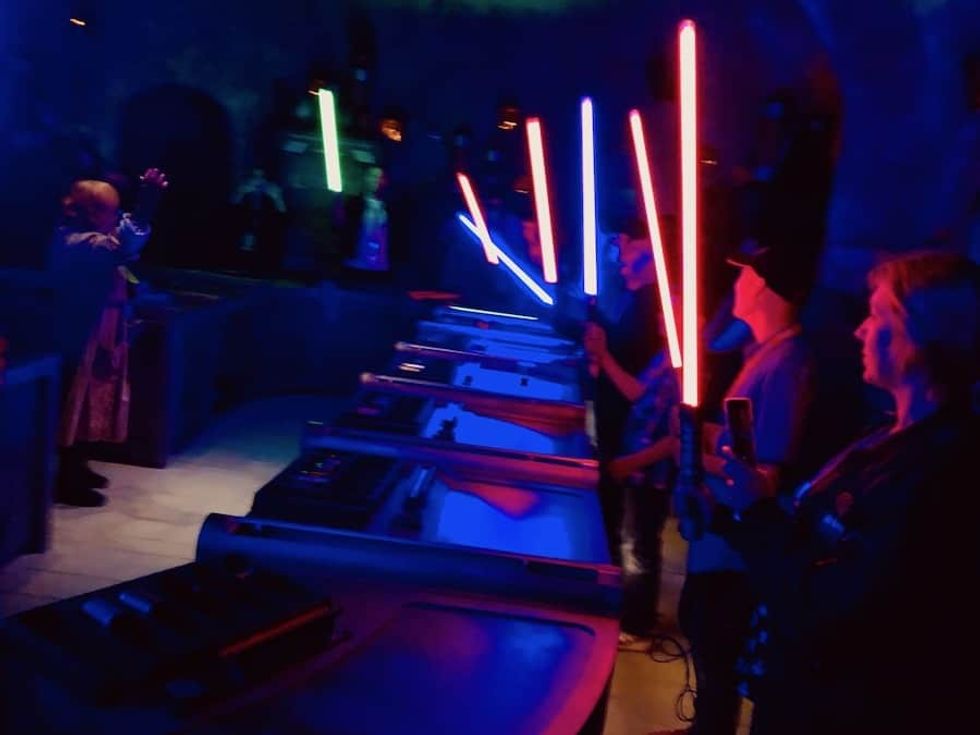
Disney also offers the option to purchase several different Kyber Crystals to take home with you. These enhance the lightsaber and turn the blade different colours. There is even the possibility of collecting a very rare colour variant crystal or two if you are lucky.
The company also took a page out of the Build-A-Bear handbook and allowed guests to build their own custom mini-droids to adopt and take home.
And Disney isn’t the only one to offer a little extra pay-to-play, gamification fun at their theme parks. Universal started this when it opened the first Wizarding World of Harry Potter land at Islands of Adventure back in 2010. At the time guests could enter the Ollivander’s wand shop and purchase their very own magic wand. Many options were available, as replica wands of the various characters from the series.
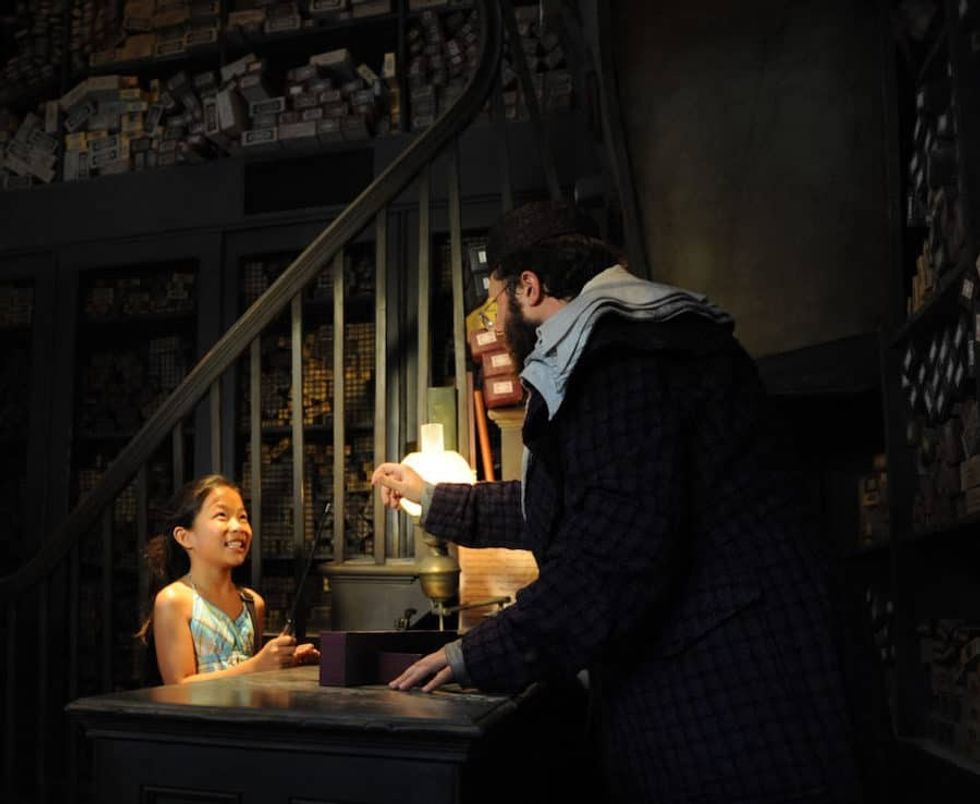
Then, more wands were made available in both parks, and Diagon Alley opened in Universal Studios Florida. This also meant that wands could be put to use in various interactive locations within each land. Guests can feel as if they are casting their own magic spells by gesturing the wands just right in each location, bringing the lands to life.
Creating an enhanced experience
I’ve written before about how we have been seeing an increase in the gamification of theme parks attractions. Now, with the easy use of mobile technology found in virtually every guest’s pocket, the ability to create an in-park mobile game or enhanced experience for guests to use just by downloading a free app is easily within reach of virtually every park operator. If they choose to embrace it.
LEGOLAND Windsor, for example, just opened its new LEGO Mythica themed land. This allows guests to download a mobile app and experience a fun Augmented Reality experience within the land. They can see LEGO creatures come to life in the app. Or, they can even open portals to step through via AR and catch a glimpse of another world.
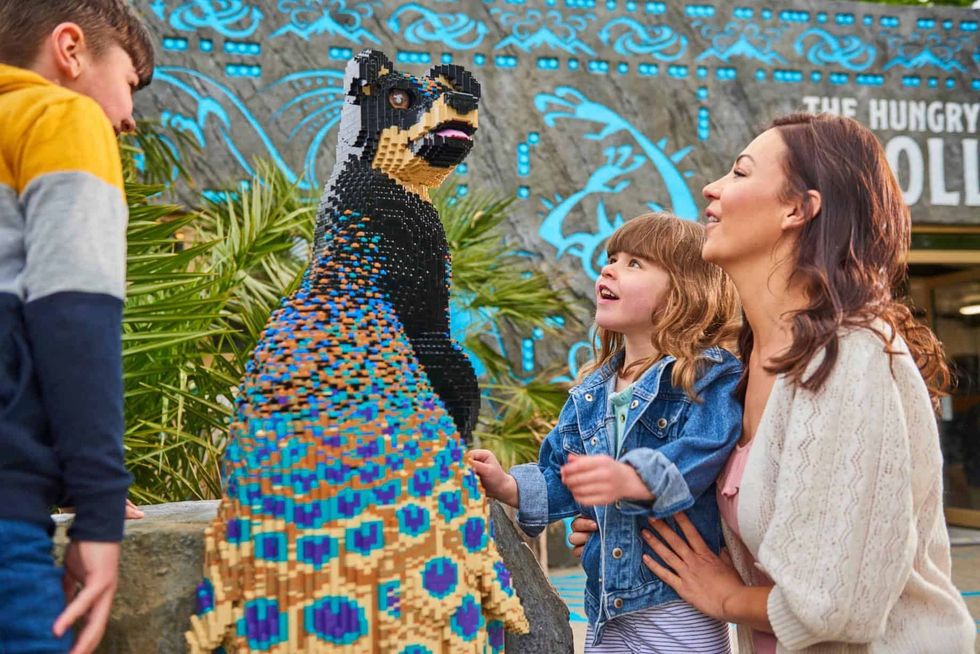
We’ve also seen parks create a park-wide minigame event for guests to play throughout their visit. For example, Cedar Point created a shared game experience called The Battle for Cedar Point. This enables guests to join one of five different themed teams and to try and get the highest score of the day.
After all, if you have guests standing in lines throughout the day (and what theme park really doesn’t have that problem?) then why not give them something to do that keeps them plugged into your themed reality?
Even better if a theme park can somehow monetize this gamification. I don’t mean by asking guests to pay to play the games. Instead, operators can find ways to use the online game experience to interact with guests. Perhaps they could even offer discounts or BOGOF coupons as prizes to top players each day.
Meanwhile, the ability to get real-time feedback on your guests in the park, to see what they experience and what they like to interact with, can be a way to gather valuable data. This can also help to further improve the guest experience going forward.
Future ideas
I also have to wonder if there are other ride experiences out there that could benefit from the addition of their own version of “power bands”.
For example, offering some kind of power-up for Disney’s other interactive dark rides, such as Toy Story Midway Mania or even Buzz Lightyear could have some benefits. The overall Toy Story theme itself could open the possibility of making the same gadget add to the experience of both rides.
In Florida, Universal has a great Men In Black attraction. But wouldn’t it be fun to buy an upgraded MIB weapon? One that you could plug into the ride vehicles and use instead?
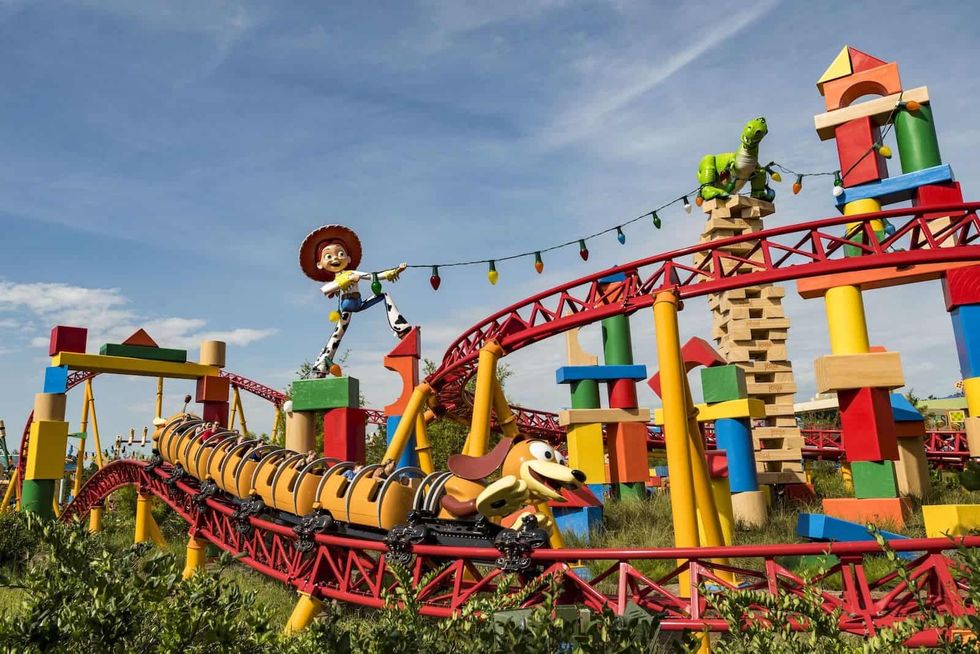
To me, the argument against them makes no sense. Unless you are the most competitive person in the world, who simply feels that they must have the top score every time you ride an interactive ride, then the allure of the power-ups is minimal.
After all, no matter how good your score is on WEB Slingers, the overall ride experience is the same every time. You helped Spider-Man save the Avengers Campus from the Spider-Bots. Thank you for the assistance, now goodbye, get off the ride, watch your step and come see us again sometime.
Power-Band or not, you always win the battle. This essentially turns those expensive power-up toys Disney is selling into nothing more than video-game style “skins”. They provide what is, mostly, a purely decorative experience.
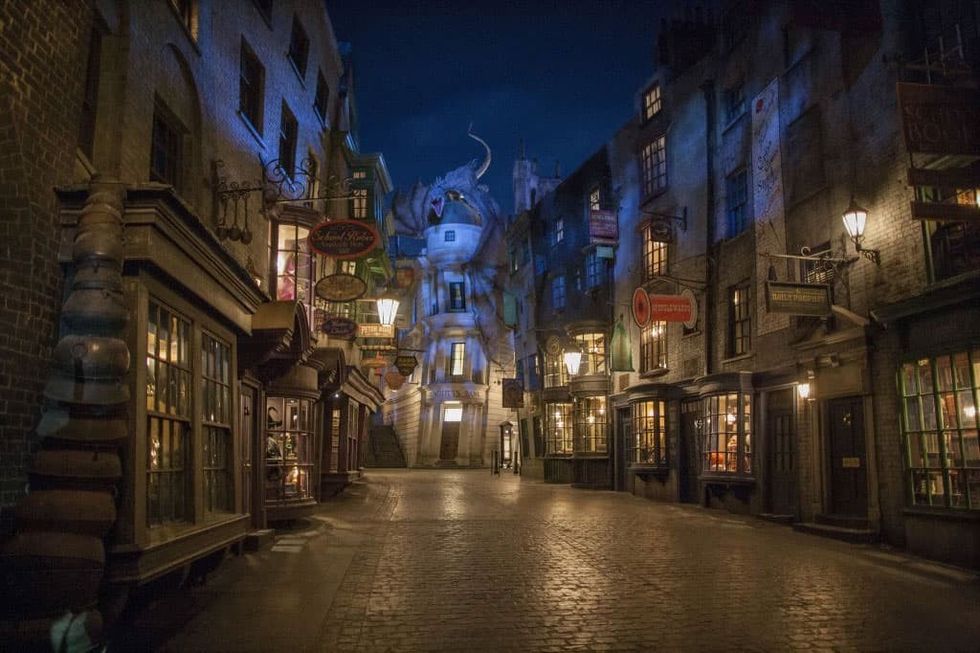
The same goes for Universal theme parks. Guests buy the robes and wands of their favourite Hogwarts wizards and wear the colours of their favourite house. But it’s all just an act of interactive cosplay in the end. It is simply a way for guests to further enjoy the escapist experience and to become fully immersed in a themed environment. Here, they can act, for a time, like one of their favourite Harry Potter characters.
Ready player one?
If you’ve seen the film, Ready Player One by Steven Spielberg, you’ve already seen a vision of a possible future world. One where everyone seeks escapist entertainment by plugging into a shared virtual reality-style world. It doesn’t stop there either. Everyone also seeks to live out their virtual fantasy by customizing their in-game avatar after their favourite themed fictional book, game or movie characters. As I mentioned before, it’s all about the skins!
If you’ve looked at Fortnight lately, you may start to wonder if you are seeing this taking place already. Gamers across the world are already paying to download skins. This is so that their character can look like their favourite movie characters, video game characters, comic superheroes, Star Wars characters, and more.
One way or another, via game style add-ons or by virtual cosplay, it seems like more and more guests are wanting an enhanced gamelike or enhanced themed experience when they visit their favourite parks. The gamification of theme parks is a trend that is set to stay.
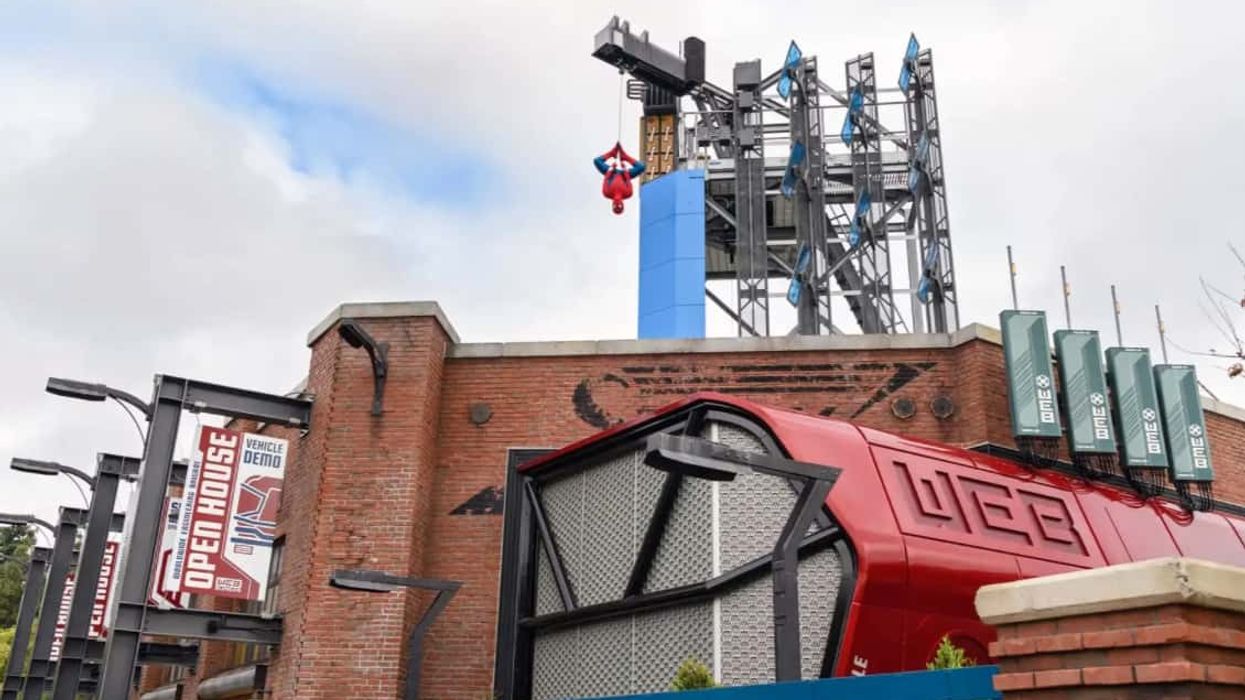


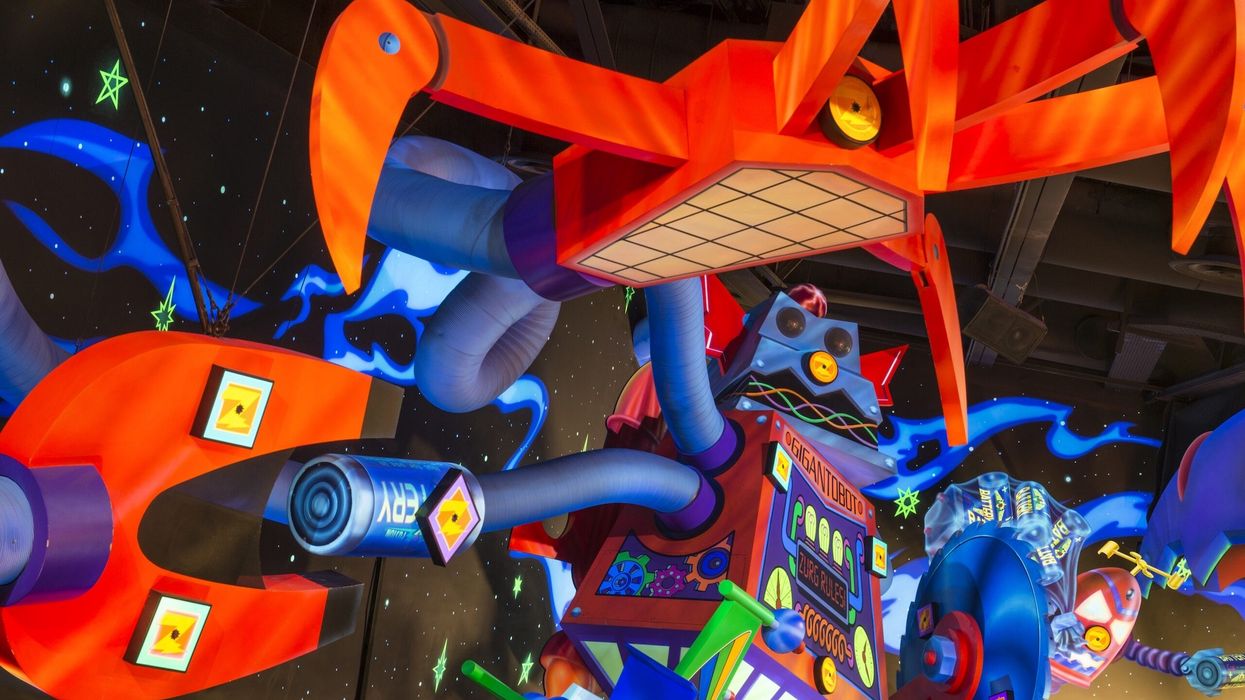
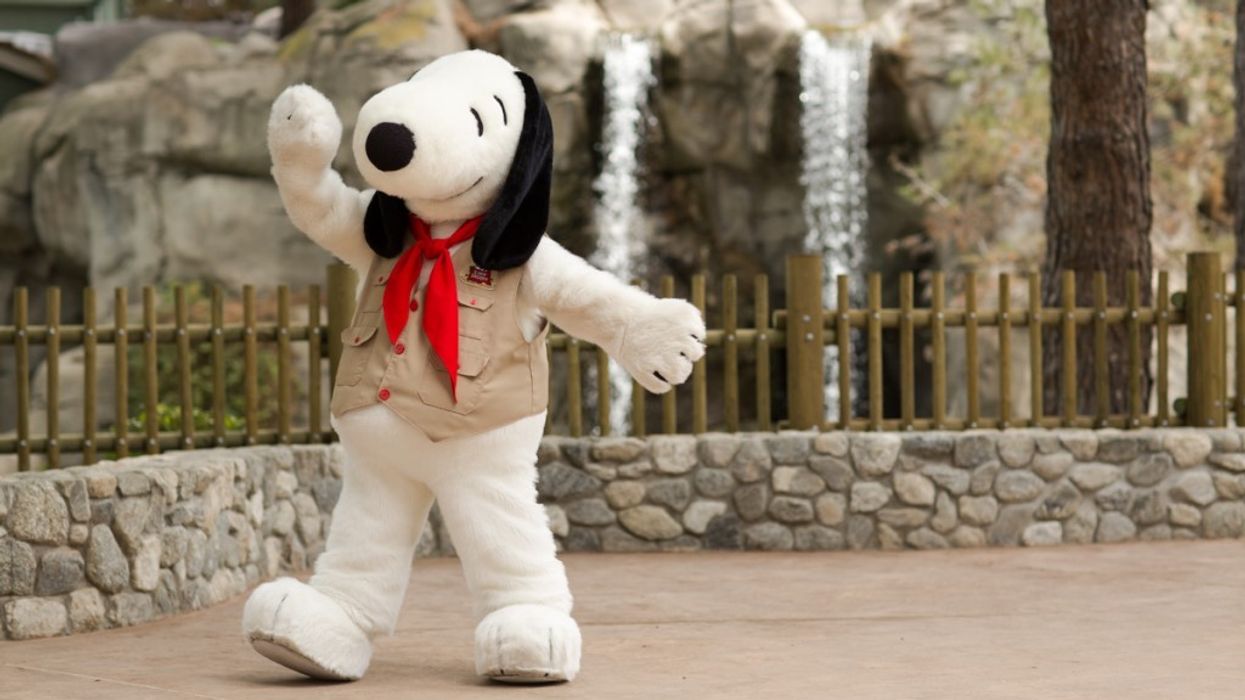

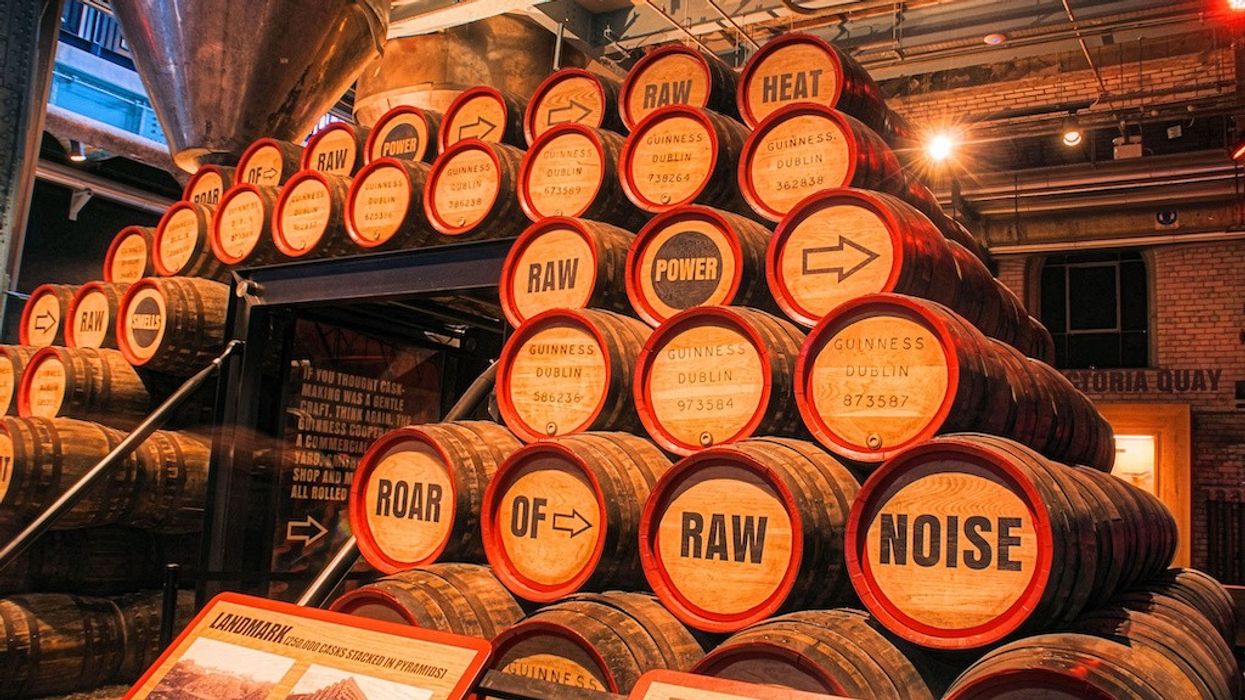
 Christian Lachel, chief creative officer, BRC Imagination Arts
Christian Lachel, chief creative officer, BRC Imagination Arts  Image credit AA+W - stock.adobe.com
Image credit AA+W - stock.adobe.com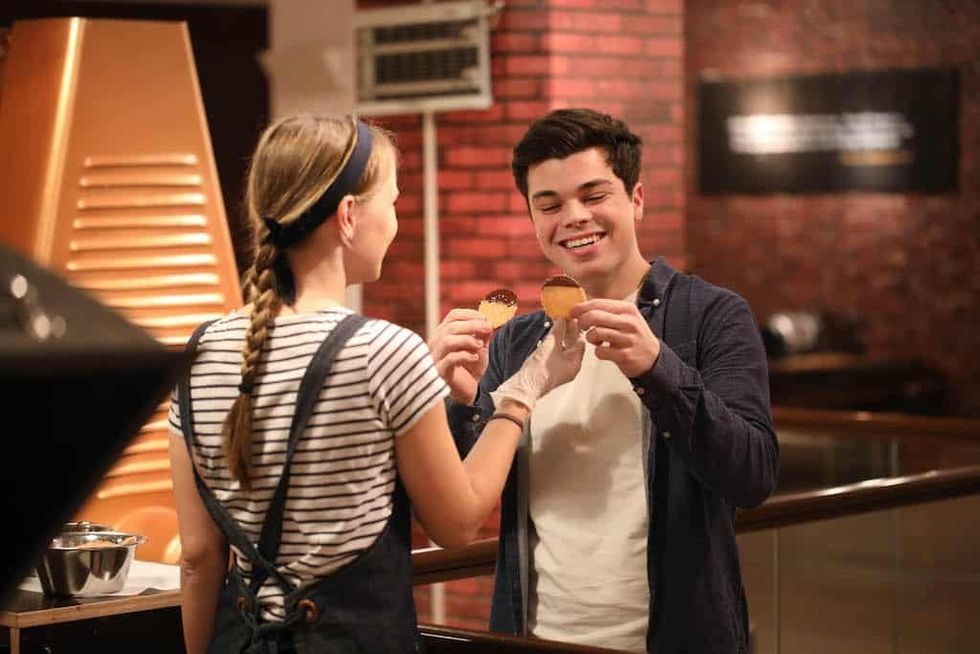 Chocoversum Image credit Sebastian Fuchs
Chocoversum Image credit Sebastian Fuchs 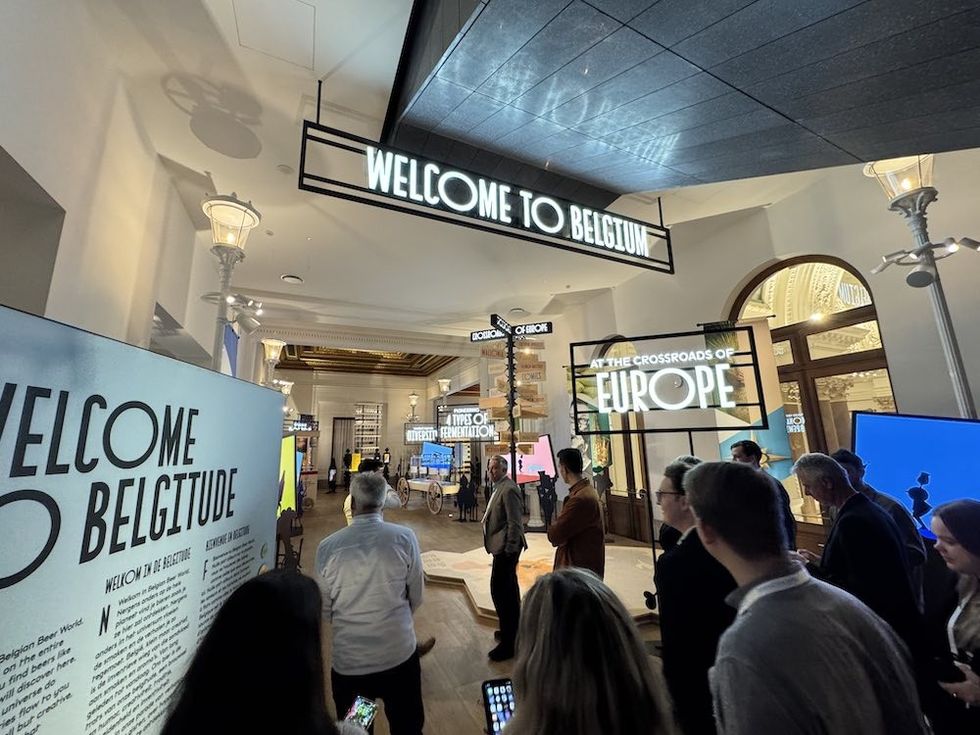 Belgian Beer World
Belgian Beer World 



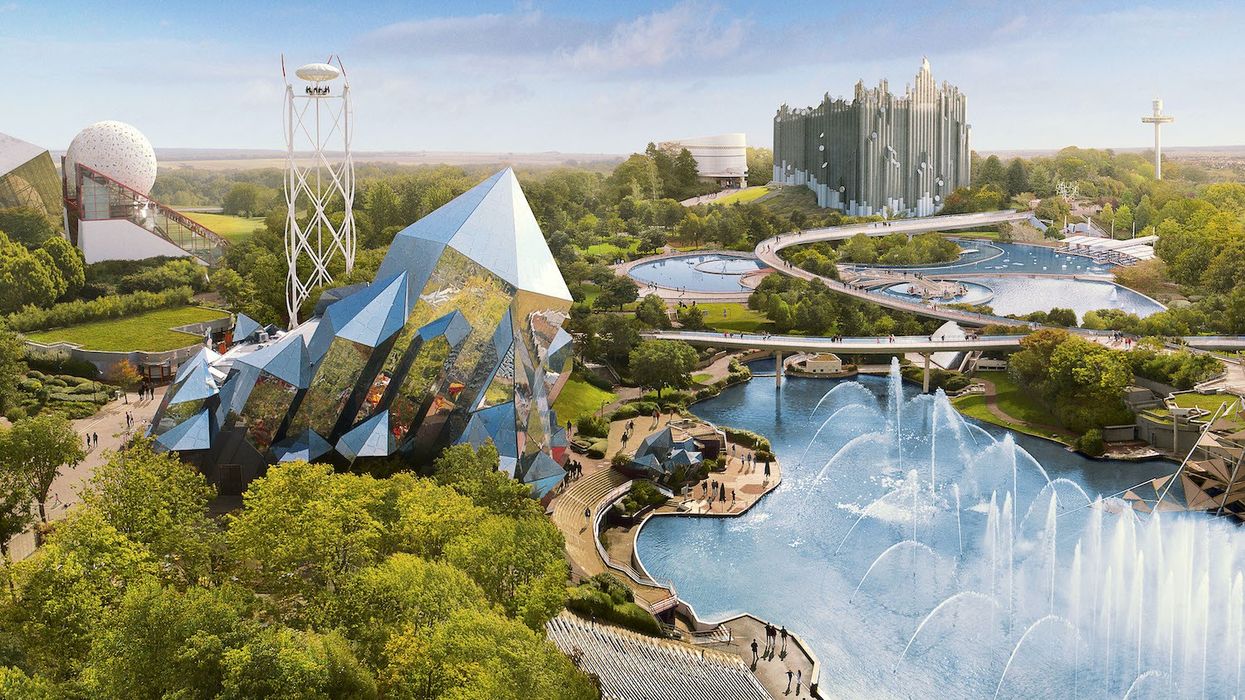

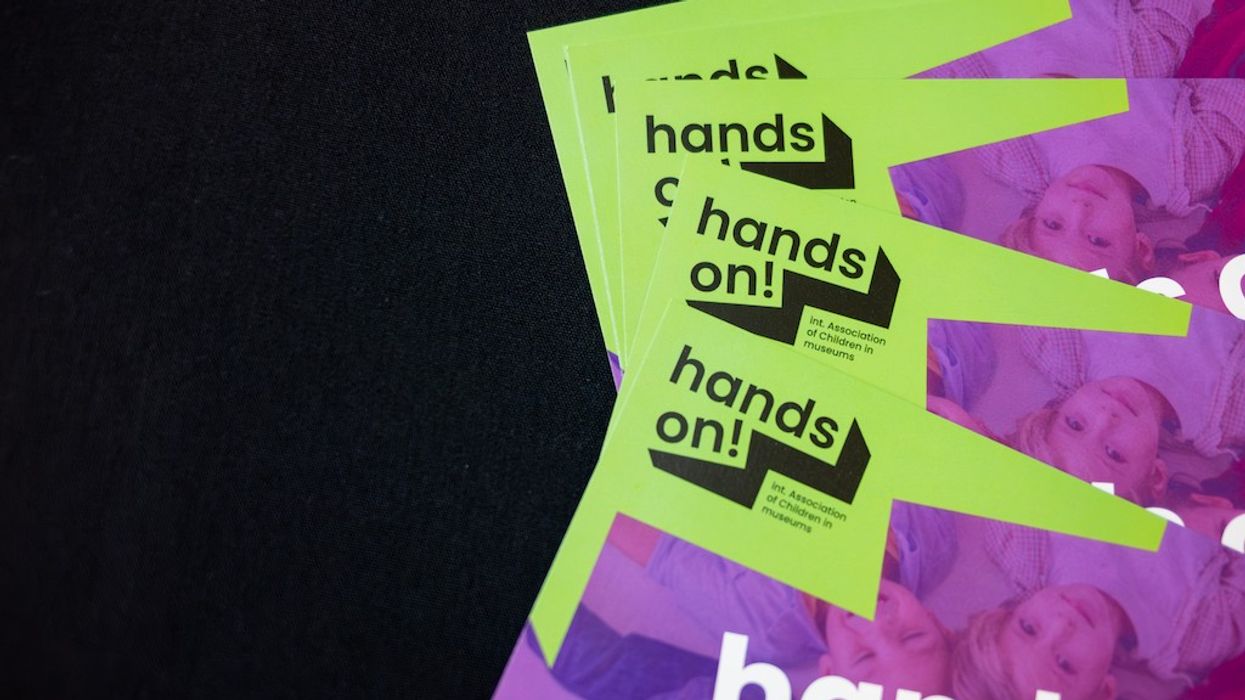
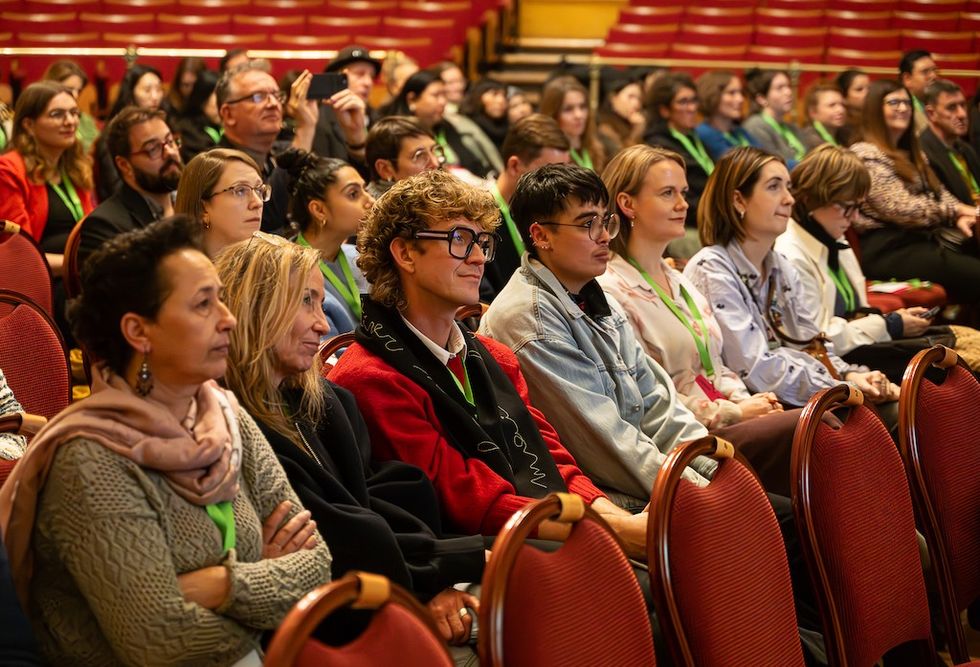
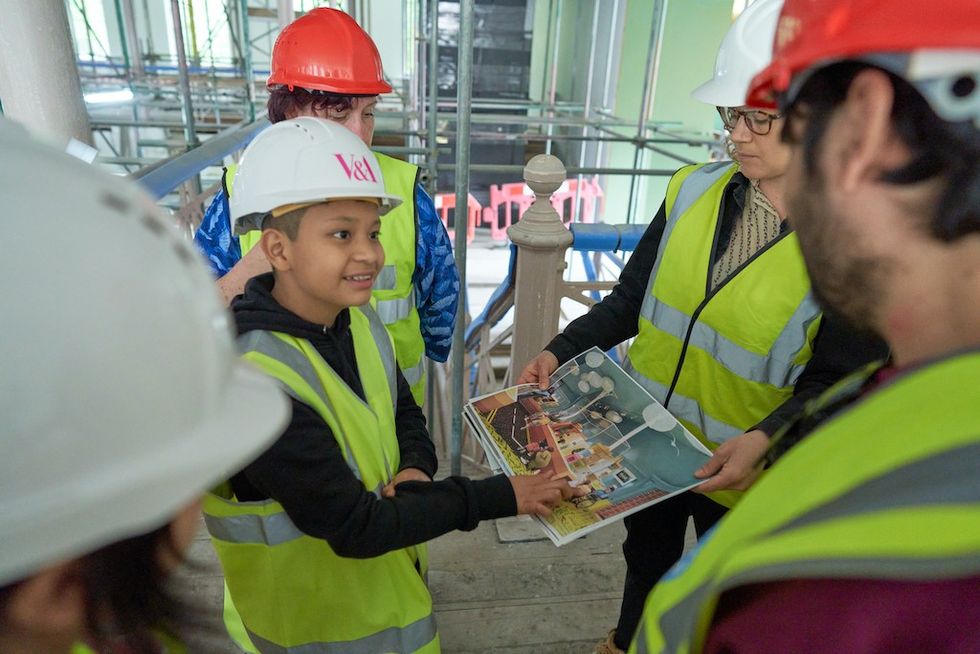 Young V&A Youth Collective members have a tour of the Young V&A construction site. Image courtesy of Young V&A.
Young V&A Youth Collective members have a tour of the Young V&A construction site. Image courtesy of Young V&A. 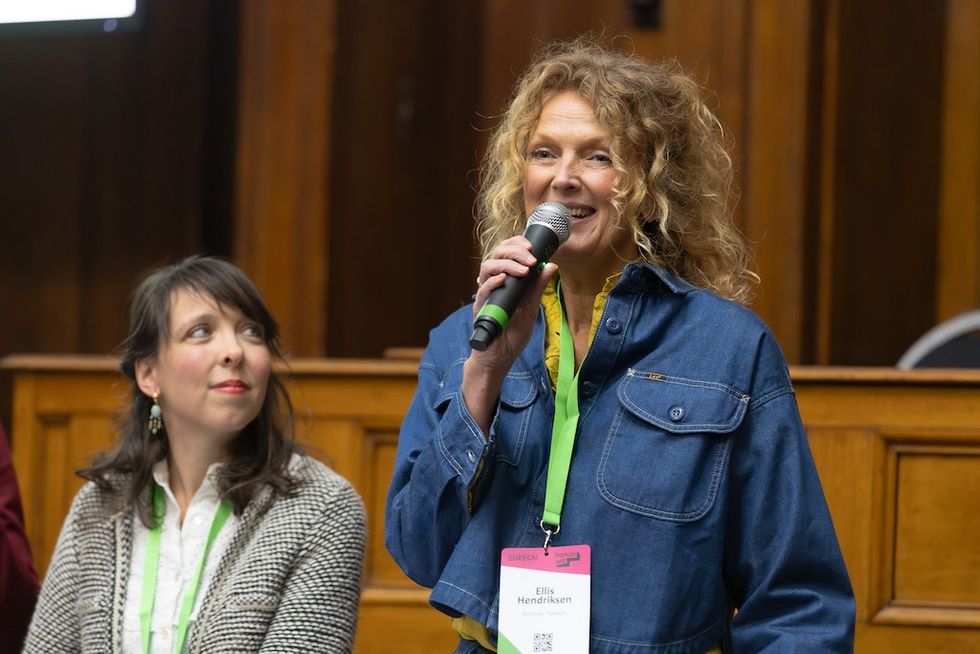 Floriane Perot and Ellis Hendriksen
Floriane Perot and Ellis Hendriksen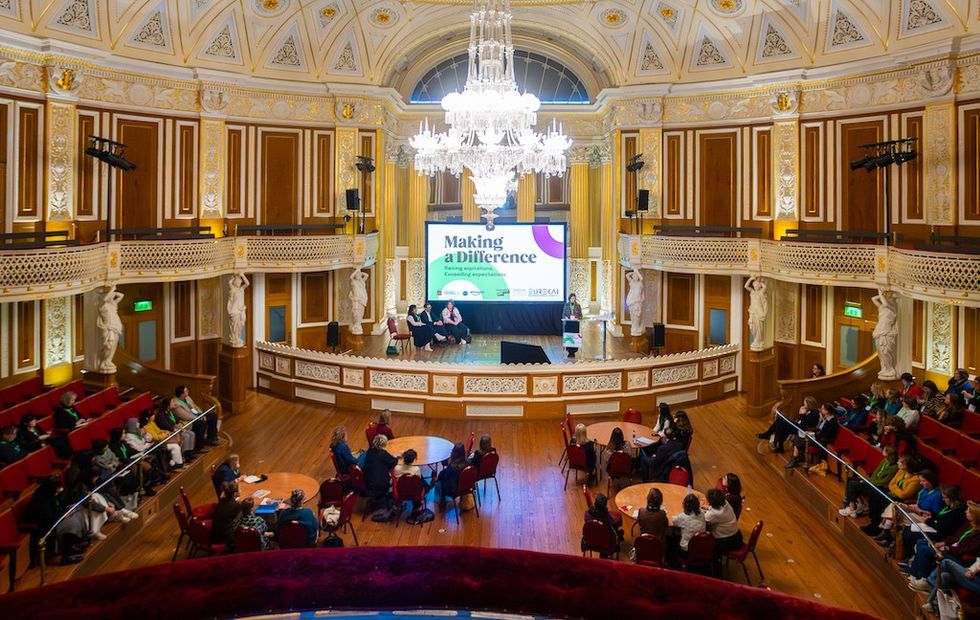
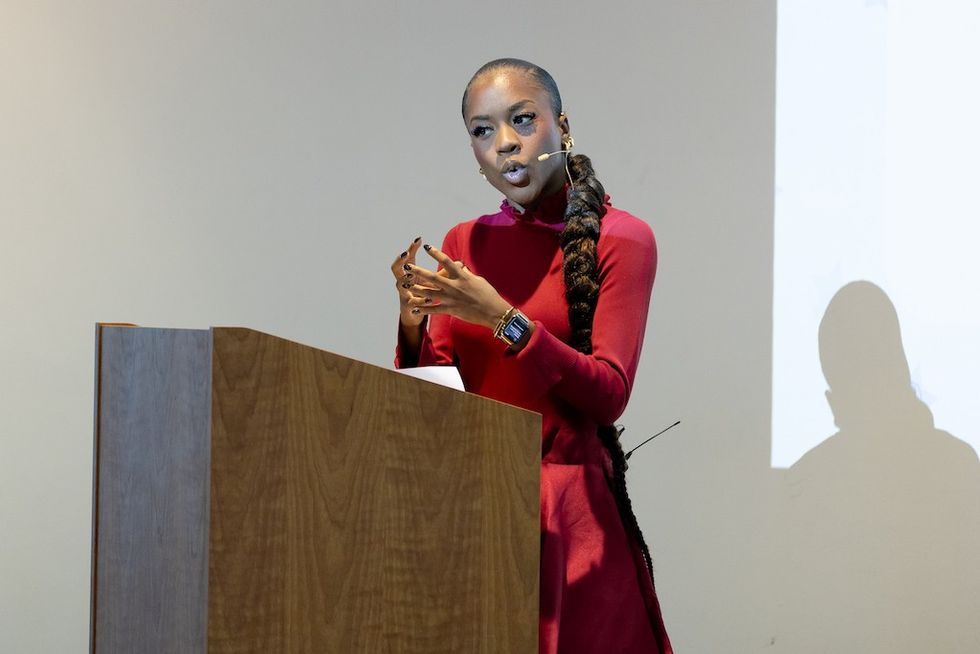 Amber Ogunsanya-William
Amber Ogunsanya-William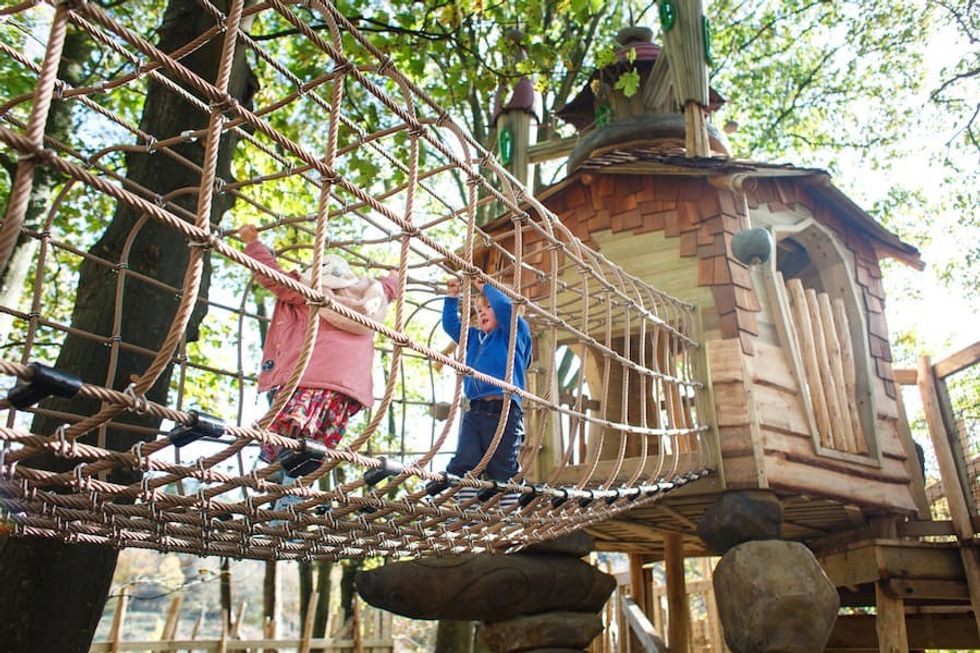 Tumblestone Hollow adventure playground by CAP.CO
Tumblestone Hollow adventure playground by CAP.CO  Ghaleya Al Mansoori
Ghaleya Al Mansoori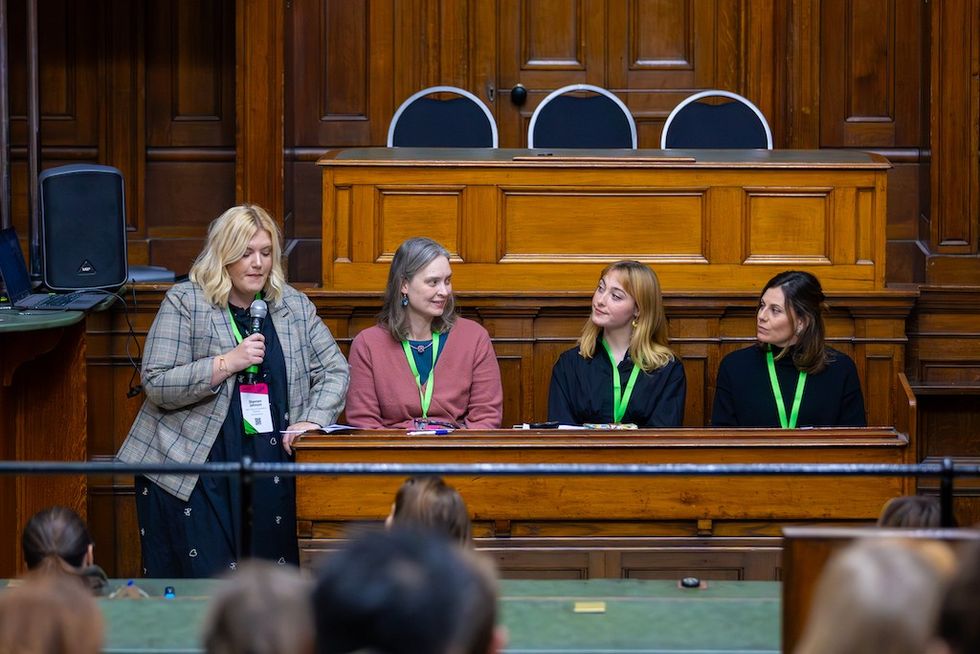
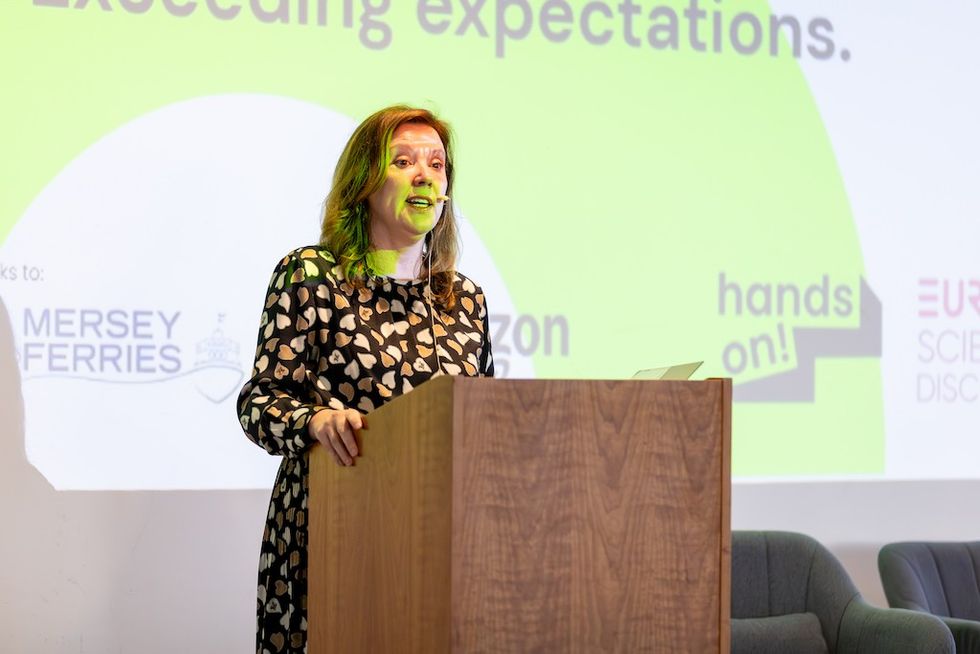 Dame Rachel de Souza
Dame Rachel de Souza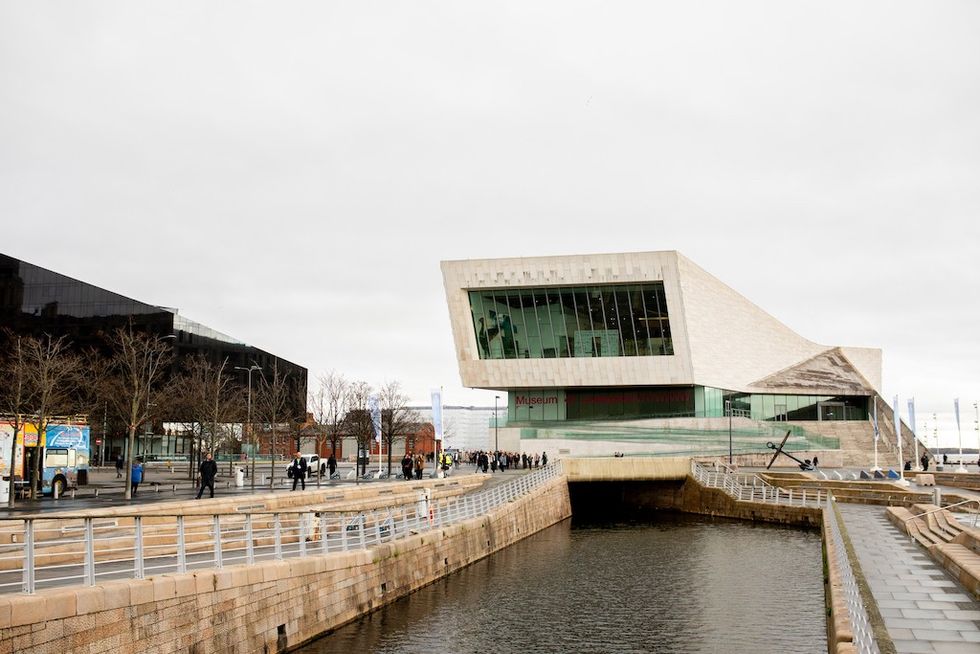 Liverpool Museum
Liverpool Museum
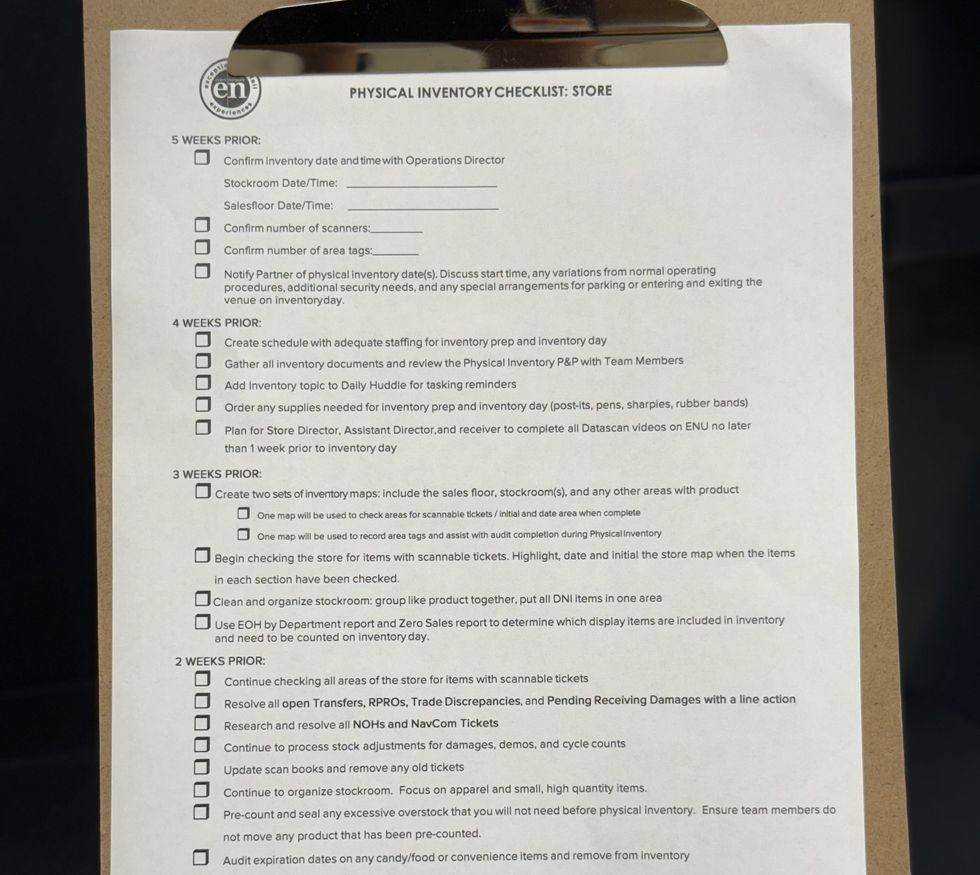
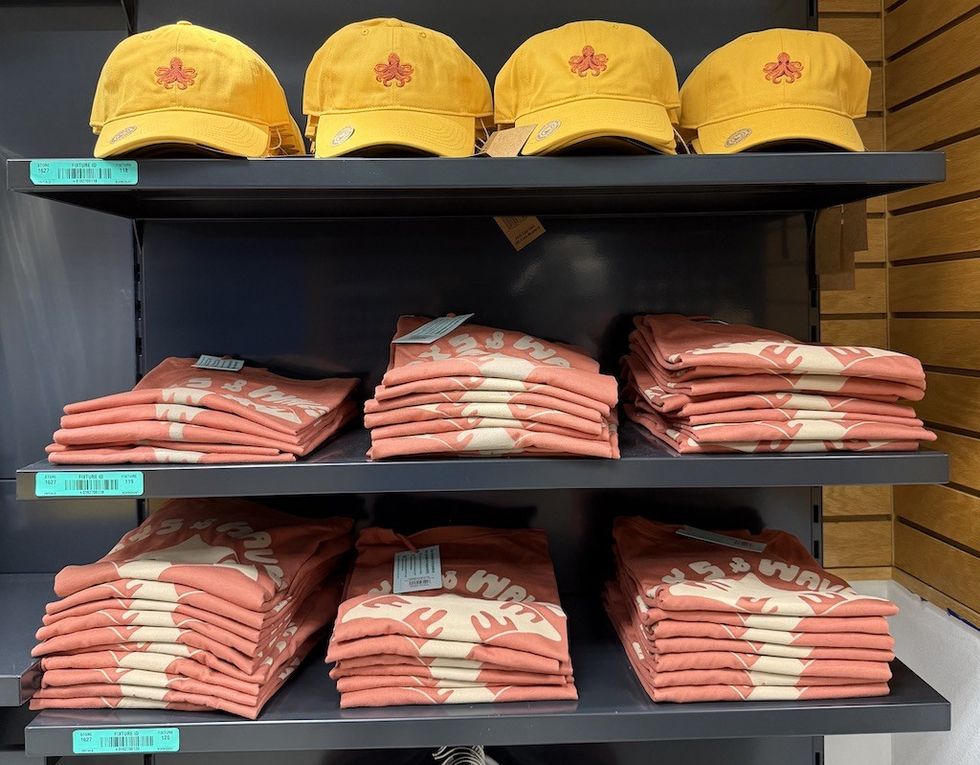
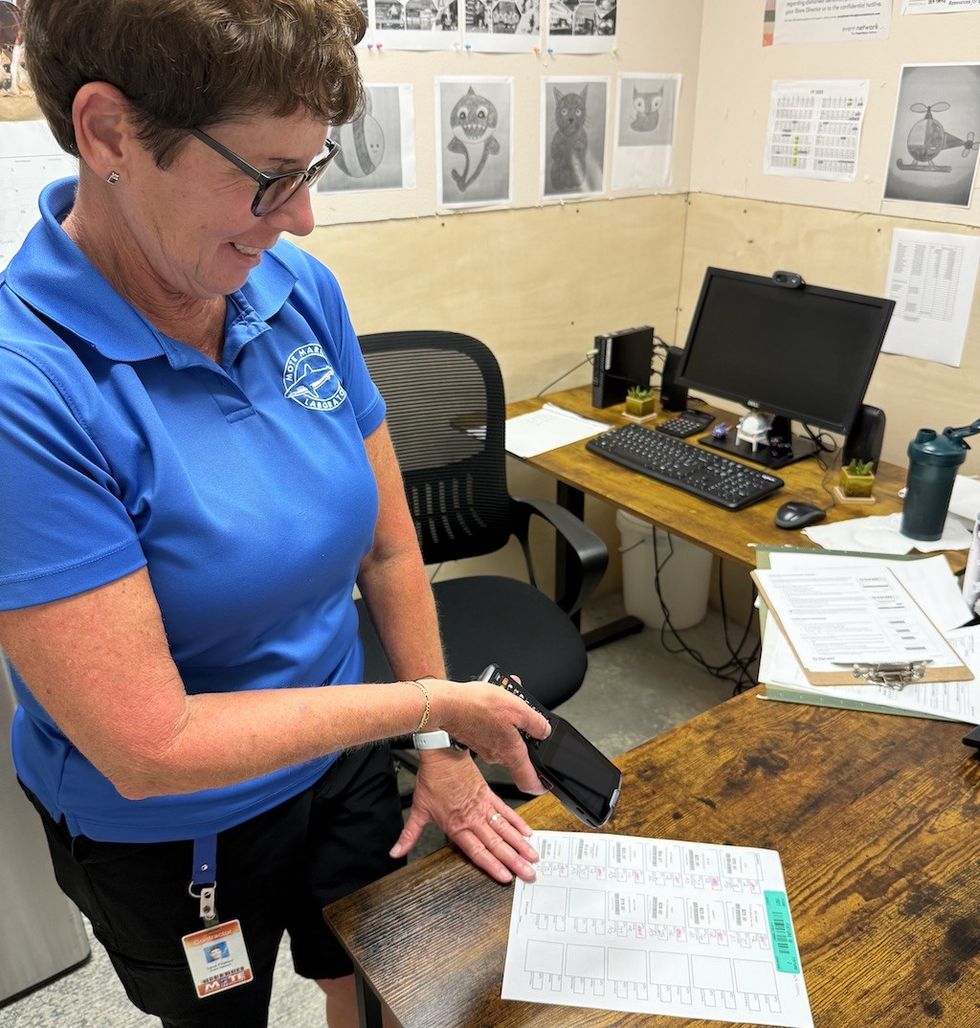


 Guests display a commemorative UN stamp sheet marking the 100th anniversary of the Palace Museum at the UN headquarters in New York, May 2025 (Xinhua)
Guests display a commemorative UN stamp sheet marking the 100th anniversary of the Palace Museum at the UN headquarters in New York, May 2025 (Xinhua)
